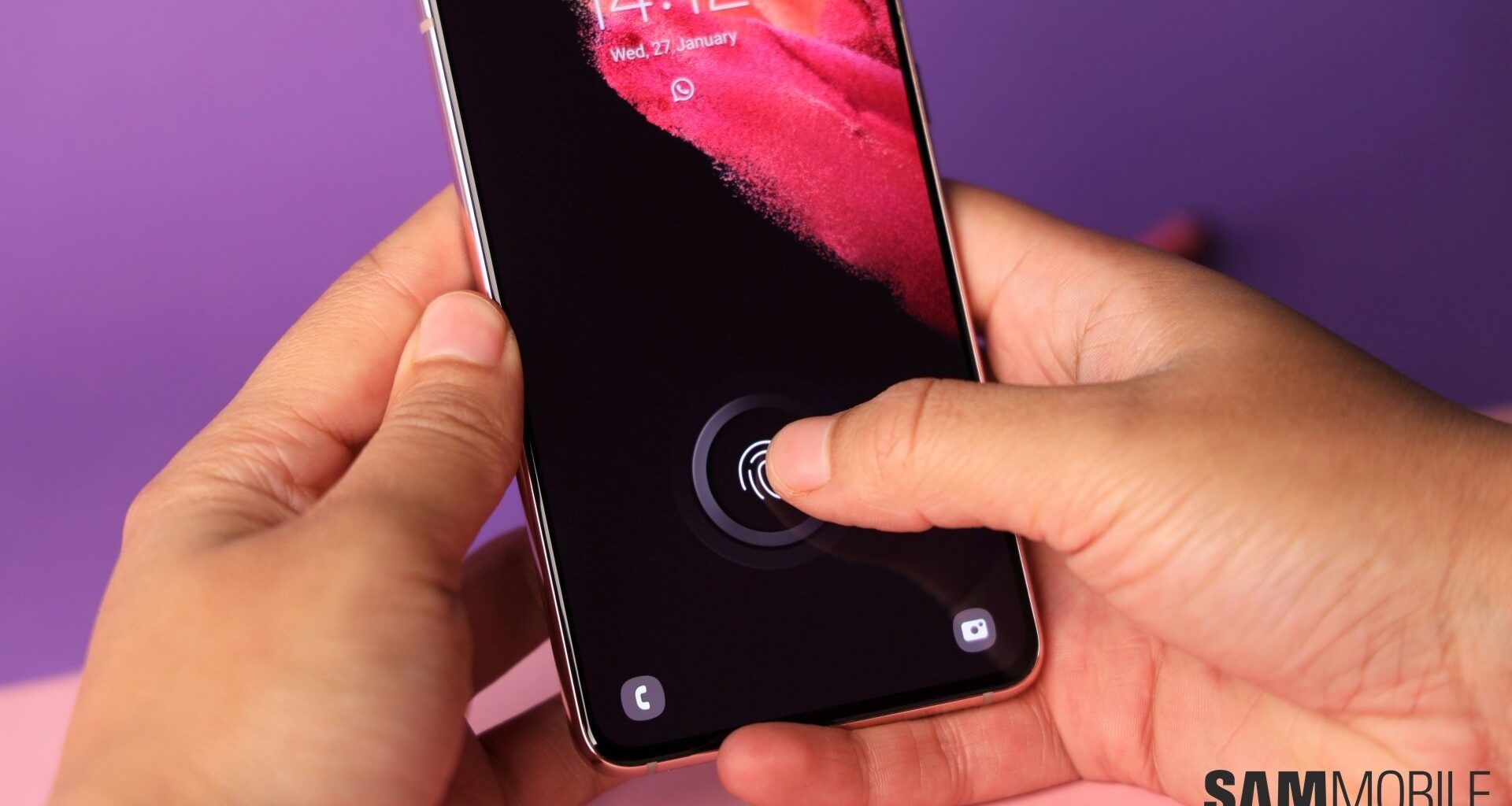iPhone users switching to Samsung Galaxy devices will immediately notice several key differences between iOS and One UI, particularly regarding navigation gestures and the overall UI design. However, one other significant difference between the two platforms lies in biometrics.
Apple and Samsung couldn’t be more different in their approach to smartphone biometric authentication. Samsung Galaxy phones rely primarily on in-display fingerprint recognition technology, whereas Apple chose the face scanning route with its Face ID system many years ago.
If you are an iPhone user, you already know this: Your phone does not have a fingerprint scanner. However, if you’re switching from an iPhone to a Samsung Galaxy device, you’ll quickly learn that the fingerprint scanner is the primary authentication method for Galaxy phone users.
Do Galaxy phones have anything similar to Face ID?
Yes and no. Yes, in the sense that One UI offers a face recognition option for authentication, and no, in the sense that it doesn’t work the same as it does on iPhones — technically speaking.
Although you can use face recognition as your main authentication method on your Galaxy phone, this system relies on the regular selfie camera.
In contrast, Apple’s Face ID technology is more complex and is based on more advanced hardware.
Face ID takes a 3D scan of your face using advanced sensors and infrared. One UI’s face recognition is more rudimentary. It uses the selfie camera, so it is not as secure, fast, or reliable as Face ID.
But if you can put up with a slower system and want the convenience of Face ID on your Samsung phone, you can try the face recognition feature by opening:
Settings > Lock screen and AOD > Screen lock and biometrics > Face recognition.
Just a word of advice. It may feel different from Face ID, and for better security and faster access to your Galaxy phone, you may want to give that fingerprint scanner a try anyway.
Combining face recognition with fingerprint scanning
Fingerprint-based authentication may feel odd if you’ve never used this technology before. However, it can be fun to use, especially since the fingerprint sensor hides behind the display in an almost magical fashion.
But why not use both? Well, you can. Galaxy phone users can set up fingerprint scanning and face recognition, use the latter as the primary unlock method, and rely on fingerprint scanning to unlock the phone straight from the Always on Display.
Face recognition won’t trigger if your screen is sleeping. It only works from the lock screen. So, you could use both authentication methods for a more flexible user experience.
You can use the fingerprint sensor to unlock the phone from the Always on Display (AOD).
Or you can double-tap the AOD to wake up the screen and bypass the lock screen with your face scan.
All in all, while face recognition in One UI might not be as fast or reliable as Face ID, it opens up some extra possibilities, especially in combination with other authentication methods. Try them out and find what suits you best.
Want to switch to One UI?
Browse the latest Galaxy phone offers


